#french history
Text
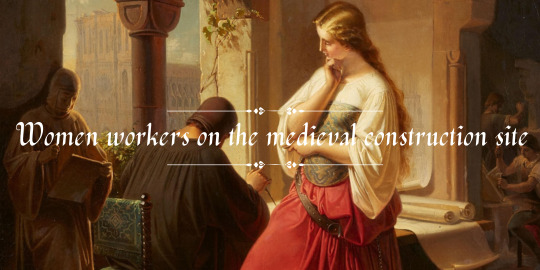
"Women could be found working on construction sites, if only occasionally, including in specialized roles such as carpenters and masons. The research is found in the article, “Appropriate to Her Sex?” Women’s Participation on the Construction Site in Medieval and Early Modern Europe,” by Shelley E. Roff.
She surveyed a wide variety of records from throughout Western Europe, including tax records, inventories of wages paid on construction sites, and municipal accounts, and discovered numerous instances of women working alongside men on construction sites as far back at the 13th century. Most of these women were employed as day laborers, carrying out tasks such as moving water and building supplies around the sites, digging ditches and serving as assistants to bricklayers and stonemasons. For example, in the Spanish city of Seville during the 14th century, women were hired to dig trenches for the foundation of a new city wall, while at the nearby city of Toledo, one or two women were hired each day for the construction of the city’s cathedral, where they gathered lime and worked on the roof. Meanwhile in the French city of Toulouse, almost half the laborers working on the Perigord college site were women. Ross also finds several examples from England and Germany.
Roff notes that previous historians have seen many examples of women working on construction sites in their research, but they had believed that these were just abnormal exceptions caused by economic crises, or because the male population had been killed off through war or disease. But her new study suggests that women construction workers were more than just odd occurences. She explains that “the expansion of urban centers starting in the thirteenth century set off a trend of increasing female employment for day laborers and in the crafts, which only began to contract on occasion for women working in the crafts in the sixteenth century with ensuing economic crises.”
She also notes that in almost all accounts surveyed, the women were paid at a lower rate than the men, which would make the “a cost-effective solution” for site supervisors looking for ways to reduce expenses. The women who took these jobs would have come from society’s poor – those women who could not maintain their households and families just from their husbands’ (if they had one) income.
Roff also finds records showing women taking part in specialized building trades. In London in 1383, Katherine Lightfoot is recorded as the supplier of 2,000 painted tiles for bath in the King’s palace. Meanwhile, tax records from Paris during the years 1296 and 1313 reveal the existence of two female masons, a tiler and a plasterer. These women were not poorer individuals, rather they were the wives of male craftsman, and in some cases their widows. The 15th-century French writer Christine de Pizan noted in her book The Treasury of the City of Ladies that craftswomen, “should learn all the shop details so that she can properly supervise the workers when her husband is away or not paying attention.”
Women workers could be found on the medieval construction site, Medievalists.net
#history#women in history#women's history#working women#historyedit#middle ages#medieval women#medieval history#european history#french history#spanish history#historical#historyblr
147 notes
·
View notes
Text
By the way, if any of you, like me, are nerds who love maps, I highly recommend checking out the Turgot map. I won't link it or tumblr will eat this post, but you can find it just by searching Wikipedia - it's an incredibly detailed 3D map of Paris made in the 1730s, and by "incredibly detailed," I mean
incredibly
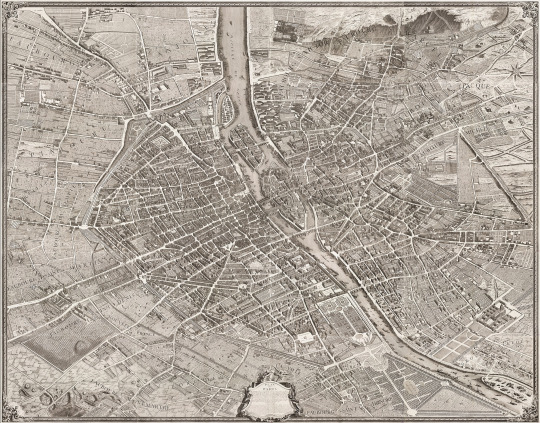
incredibly

INCREDIBLY
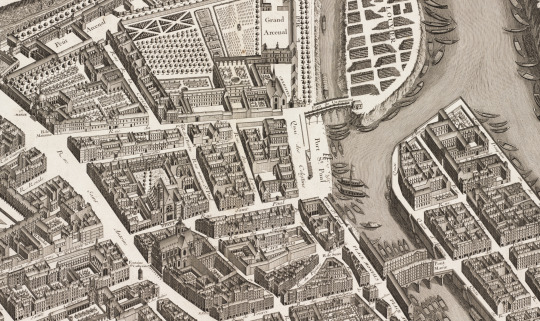
DETAILED!

Look, there's Notre Dame! Individual trees! Individual lampposts! Individual boats!! (Some of them even have little people in lol, though clearly not to scale)
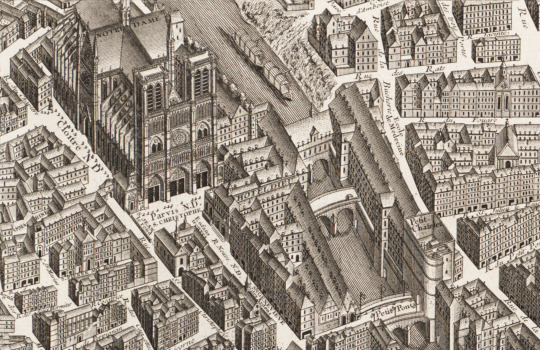
The full scan is over 35,000 pixels wide, guys! That's over 10 feet of map!! All drawn and engraved by hand! I'm freaking out a little! What an absolutely amazing piece of history & art!
#I'm slowly collecting stupidly detailed maps of Paris for book research but this is the wildest one I've found so far#and in 3D! It really gives you a sense of the city like nothing else#history#french history#Paris#maps
16K notes
·
View notes
Text

Joan of Arc Google Doodle
#joan of arc#jeanne d'arc#my art#art#artists on tumblr#artists of tumblr#france#french history#doodle#painting#digital painting
417 notes
·
View notes
Text

Last of their name
#house of valois#french history#charles ix#henri iii#françois d'alençon#marguerite de navarre#claude de france#elisabeth de france#diane de france#françois II#la reine margot
1K notes
·
View notes
Text


I love how Brian Cox is basically leftist Logan Roy in real life.
231 notes
·
View notes
Text
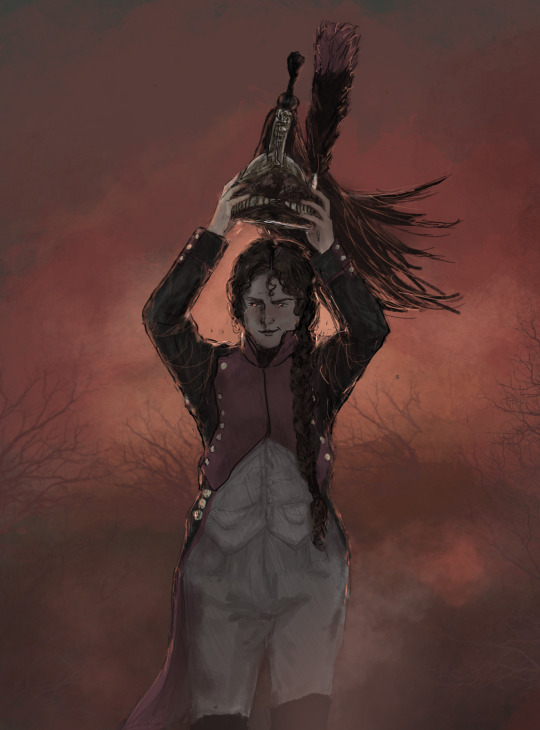
For International Women's Day — a portrait of a brave, invincible and independent woman who officially served in the army (both revolutionary and during the empire), who called Napoleon a "gypsy child", who was captured more than once, who adored her long hair, who once ate a delicious fried ram with Augereau (because of which she was late and was sent to the guardhouse), who organized a shelter for dogs during the war in Spain — the little dragoon "Sans-Gêne", Marie-Thérèse Figueur.
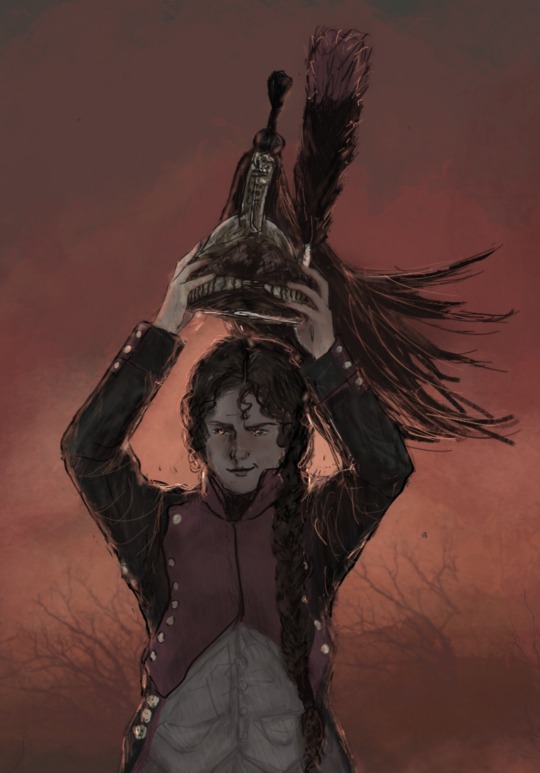
#history#french history#history art#napoleonic#therese figueur#madame sans gene#napoleon#napoleon bonaparte#french revolution
314 notes
·
View notes
Text
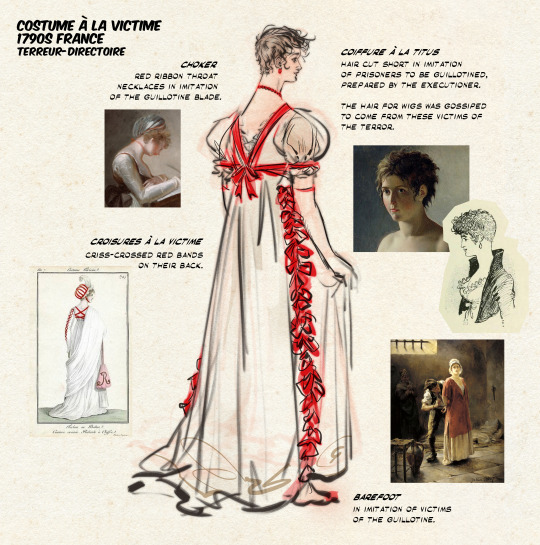
fell down the "bals de victimes" folklore rabbit hole (balls for those who lost family members to the guillotines in which guests would dress in the macabre style of the victims)... anyways, im ready to pitch my eyes wide shut au set in france under the throes of the Reign of Terror (directed by guillermo del toro, obviously)
1K notes
·
View notes
Text
Time Travel Question : Murder and Disappearance Edition I
Given that Judge Crater, Roanoke, and the Dyatlov Pass Incident are credibly solved, though not 100% provable, I'm leaving them out in favor of things ,ore mysterious. I almost left out Amelia Earhart, but the evidence there is sketchier.
Some people were a little confused. Edward V and Richard of Shrewsbury are the Princes in the Tower.
#Time Travel#Famous Murders#Jack the Ripper#La Bete du Gevaudan#Gandillon Family#Werewolves#William Rufus#King William II#Edward V#Richard of Shrewsbury#French History#English History#Early Modern Europe#Victorian England#Lord Darnley#Mary Queen of Scots#Scottish History#Amy Robsart#Lord Dudley#The Sodder Children#The Somerton Man#Australian History#Prime Minister Harold Holt#Elizabeth Short#The Black Dahlia
490 notes
·
View notes
Text
886 notes
·
View notes
Text
“What Napoleon criticised in the statue could perhaps be summed up in one thing: his uneasiness at the sight of his own nudity. And it was precisely his nudity that was felt to be problematic, even shocking. But how did Canova come to have the odd idea of representing Napoleon as a nude divinity?”
— Valérie Huet, Napoleon I: A New Augustus?
The nude statue of Napoleon in question:
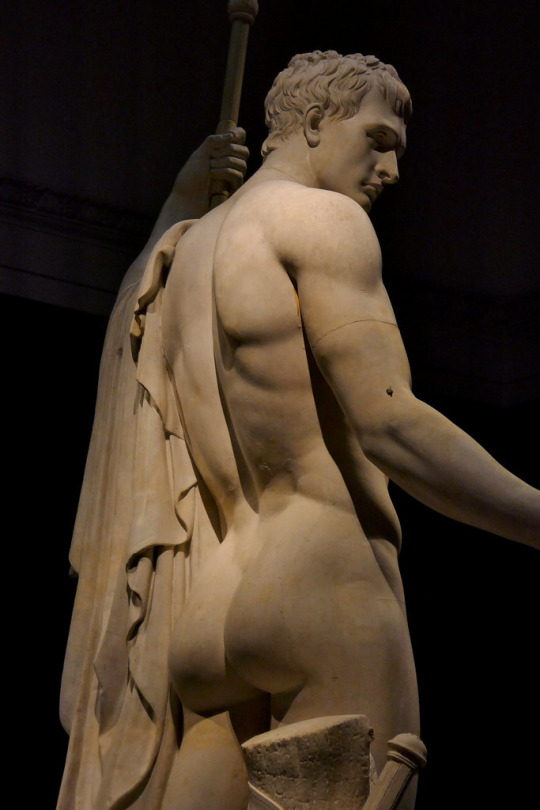
#napoleon as mars the peacemaker#napoleon#napoleonic era#canova#antonio canova#napoleon bonaparte#first french empire#19th century#french empire#marble statue#sculpture#statue#statues#neoclassical#neoclassical art#neoclassicism#history#art#french history#Valérie Huet#Napoleon I: A New Augustus?#1800s#Roman presences : receptions of Rome in European culture 1789-1945#Huet#Rome
263 notes
·
View notes
Text







Women in History Month (insp) | Week 4: Dynastic Daughters
#historyedit#perioddramaedit#women in history#women in history month challenge#my edits#mine#marie anne de bourbon-conti#princess hexiao#hanzade sultan#caroline bonaparte#marie-thérèse-charlotte de france#princess fukang#gorgô of sparta#french history#chinese history#ancient greece#17th century#18th century#19th century#11th century#6th century bc#5th century bc
156 notes
·
View notes
Text

Robert Doisneau, Eiffel Tower, 1965
#robert doisneau#french art#french artist#french photographer#french photography#art photography#eiffel tower#tour eiffel#paris france#paris#french history#modern art#art history#aesthetictumblr#tumblraesthetic#tumblrpic#tumblrpictures#tumblr art#aesthetic#beauty#tumblrstyle
185 notes
·
View notes
Text
"As boys and men went out on the boats — “my grandfather was nine when he started,” said the local historian Arlette Julien — girls and women were in the canneries, some from the age of eight, some up to 80. They’d be called in at any time of day or night, whenever the boats came in: in pre-fridge days, sardines needed treating fast.
Dressed in long heavy skirts and clogs, the women would work up to 18 hours non-stop, go home at midnight and then be called back in at 4am. The floors were filthy with mud and sardine guts, the women’s hands wrecked by brine, toilets often a distant rumour … all for 80 centimes an hour. That 80 centimes was just enough to buy a litre of milk, half the wage of a professional washerwoman. All ages earned the same amount.
The strike struck on November 21 and within days 2,100 people were out, 1,600 of them women. The Communist mayor Daniel Le Flanchec pulled the town council behind the strike. He called in Communist support from all over France.
Thus was assured a level of organisation not experienced by earlier French strikes. Funds were raised, soup kitchens sorted, Christmas presents for children arranged and marches assembled. The strike became a national issue.
Finally, though, and after six weeks, the cannery owners were forced to negotiate. They conceded overtime payments, a ban on work for girls under 12 — and a pay rise to one franc an hour. Men got 50 centimes more. “Equal pay wasn’t an issue. The movement was born of desperation,” the history teacher Françoise Pencalet said. “The women simply wanted a little more than what they had.”
#history#women in history#women's history#women's history month#20th century#working women#bretagne#france#french history#upthebaguette#historyblr#historical figures
140 notes
·
View notes
Text

Little jeanne with a Grand Bascinet
#mine#joan of arc#jeanne d'arc#15th century#XVth century#1410s#Great bascinet#grand bassinet#armors#french history
3K notes
·
View notes
Text
a collection of moments from the translated trial of Joan of Arc from 1431 that are fucking iconic of her:
‘And then did We forbid Jeanne, without Our permission, to leave the prison which had been assigned to her in the Castle, under pain of the crime of heresy.
“I do not accept such a prohibition,” she answered; “if ever I do escape, no one shall reproach me with having broken or violated my faith, not having given my word to any one, whosoever it may be.”’
“Was he naked?”
“Do you think God has not wherewithal to clothe him?”
“I have always answered that you will not drag this from my lips. Go and ask it of him.”
“You shall not have anything more at present.” (she gave variations of this response all throughout the trial/examinations. basically if she felt that god had not given her permission to speak on a subject, she just wouldn’t. she did not seem to acknowledge the authority of those questioning and judging her at all, which makes sense. She also frequently replied “that is not your Case” which I think is basically her saying that’s not relevant to this trial so none of your business.)
“I promise to speak truth on what touches your Case; but the more you constrain me to swear, the later will I tell you.”
“Who induced you to have cited a man of the town of Toul on the question of marriage?”
“I did not have him cited; it was he, on the contrary, who had me cited; and then I swore before the Judge to speak the truth. And besides, I had promised nothing to this man.”
“If it should be that I am taken to Paris, grant, I pray you, that I may have a copy of my questions and answers, so that I may lend them to those at Paris, and that I may be able to say to them: ‘Thus was I questioned at Rouen; and here are my answers : in this way, I shall not have to trouble again over so many questions.”
“Did you give, or cause to be given, money to him who took Franquet?”
“I am not Master of the Mint or Treasurer of France to pay out money so.”
“Upon the oath that you have taken, tell us, how did you think to escape from the Castle of Beaulieu between two planks of wood ?”
“Never was I prisoner in such a place that I would not willingly have escaped. Being in that Castle, I should have shut my keepers in the tower, if it had not been that the porter espied me and encountered me.”
“If I had leave to go in woman’s dress, I should soon put myself back in man’s dress and do what God has commanded me: I have already told you so. For nothing in the world will I swear not to arm myself and put on a man’s dress; I must obey the orders of Our Lord.”
“Do you know if Saint Catherine and Saint Margaret hate the English?”
“They love what God loves: they hate what God hates.” (I know that this is all about nationalism during war but this is still hilarious to me. like goddamn, okay! Also I have to note that the examiner follows up with “does God hate the English?” and she basically says she cannot know but I want does God hate the English on a tshirt)
“I had that ring in my hand and on my finger, when I touched Saint Catherine as she appeared to me.”
“What part of Saint Catherine?”
“You will have no more about it.”
“Did you ever kiss or embrace Saint Catherine or Saint Margaret?”
“I have embraced them both.”
“Did they smell good?”
“It is well to know, they smelled good.”
“In embracing them, did you feel any heat or any thing else?” (yo WHY is this examiner such a FREAK stop being weird my dude!!!)
“I took it of my own free will, and with no constraint: I prefer a man’s dress to a woman’s dress.” (mood)
So struck by how she really did not see those prosecuting (and persecuting) her as valid authorities and she was not subtle about it. However you see Joan and the voices she heard, she was a brave and bold and relatably snarky 19 year old telling the people who did not accept her belief nor her existence as we would likely now see as a mentally ill/psychotic young woman in society to fuck off.
583 notes
·
View notes
Text

A fragment of a stocking said to have been worn by Marie Antoinette. The inscription notes it was given in 1878 by someone in the Descloseaux family. Louis Descloseaux had purchased the Madeleine cemetery, where Louis XVI and MA's bodies were said to be buried.
During the Restoration, Descloseaux gave the information about the location of the bodies to Louis XVIII. The bodies, or what remained of them due to the use of quicklime, were exhumed. Among the remains in what was said to be the Queen's grave was a stocking and elastic garter.
If the fragment is legitimate, it would presumably be from a stocking she wore to her execution.
Being sold via Osenat.
222 notes
·
View notes